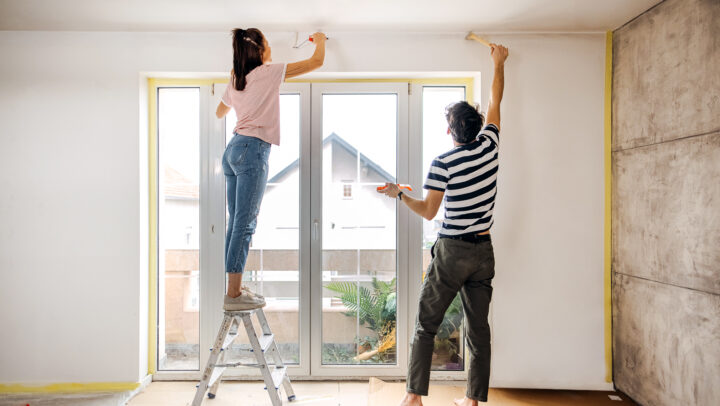Understanding the Tall House
A tall house is primarily characterized by its significant vertical extension, often comprising multiple storeys built on a relatively compact footprint. This architectural approach maximizes living space on limited land, leading to a distinct narrow and high profile.
Advantages of Vertical Living
- Space Optimization: Ideal for urban settings or small lots, efficiently utilizing available land by building upwards.
- Enhanced Views: Upper floors can offer superior panoramic views compared to conventional low-rise dwellings.
- Zoned Living: Distinct separation of living, working, and sleeping areas across different levels, enhancing privacy and functionality.
Key Considerations and Challenges
While offering unique benefits, tall houses present specific challenges that require careful planning and design. Maintaining high standards throughout the structure can be demanding due to its vertical scale.
- Vertical Circulation: Stairs are a dominant feature. Accessibility for all ages and abilities, and the daily negotiation of multiple flights, are prime considerations. Elevator installation may be a necessity for some.
- Maintenance and Upkeep: Exterior maintenance, including window cleaning and facade repairs, becomes more complex and potentially costly. Interior upkeep across numerous levels also demands effective scheduling.
- HVAC and Energy Efficiency: Consistent heating and cooling across multiple floors can be challenging. Temperature stratification is common, requiring specialized HVAC zoning or design solutions to manage energy consumption effectively.
- Natural Light Distribution: Ensuring adequate natural light reaches all parts of the house, especially mid-levels and deep floor plans, requires strategic window placement and potentially light wells or open-plan layouts.
- Structural Integrity: Increased height demands robust structural engineering to manage wind loads, ensure stability, and comply with building codes specific to taller structures.
Design Strategies for Tall Houses
Effective design is crucial to mitigate challenges and enhance the livability of a tall house. Thoughtful architectural solutions can transform potential drawbacks into unique features.

- Strategic Fenestration: Large windows, corner windows, and skylights can maximize light penetration and views.
- Staircase as a Feature: Well-designed staircases (e.g., open-riser, spiral, or with landings serving as small nooks) can become architectural highlights rather than mere utilities.
- Efficient Layouts: Floor plans must be meticulously planned to optimize flow, minimize wasted space, and ensure functionality on each level. Consideration for utility runs and service access is also paramount.







